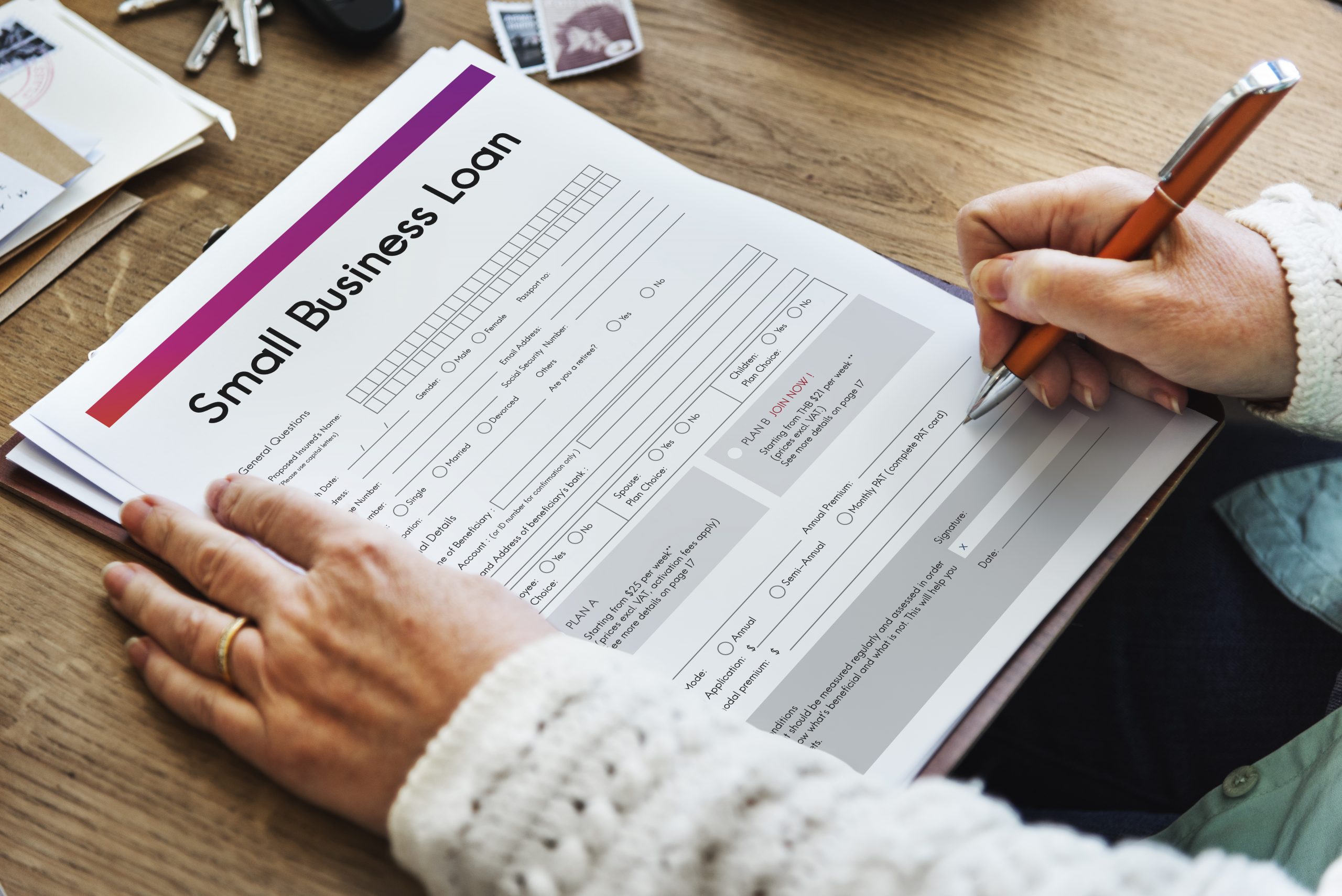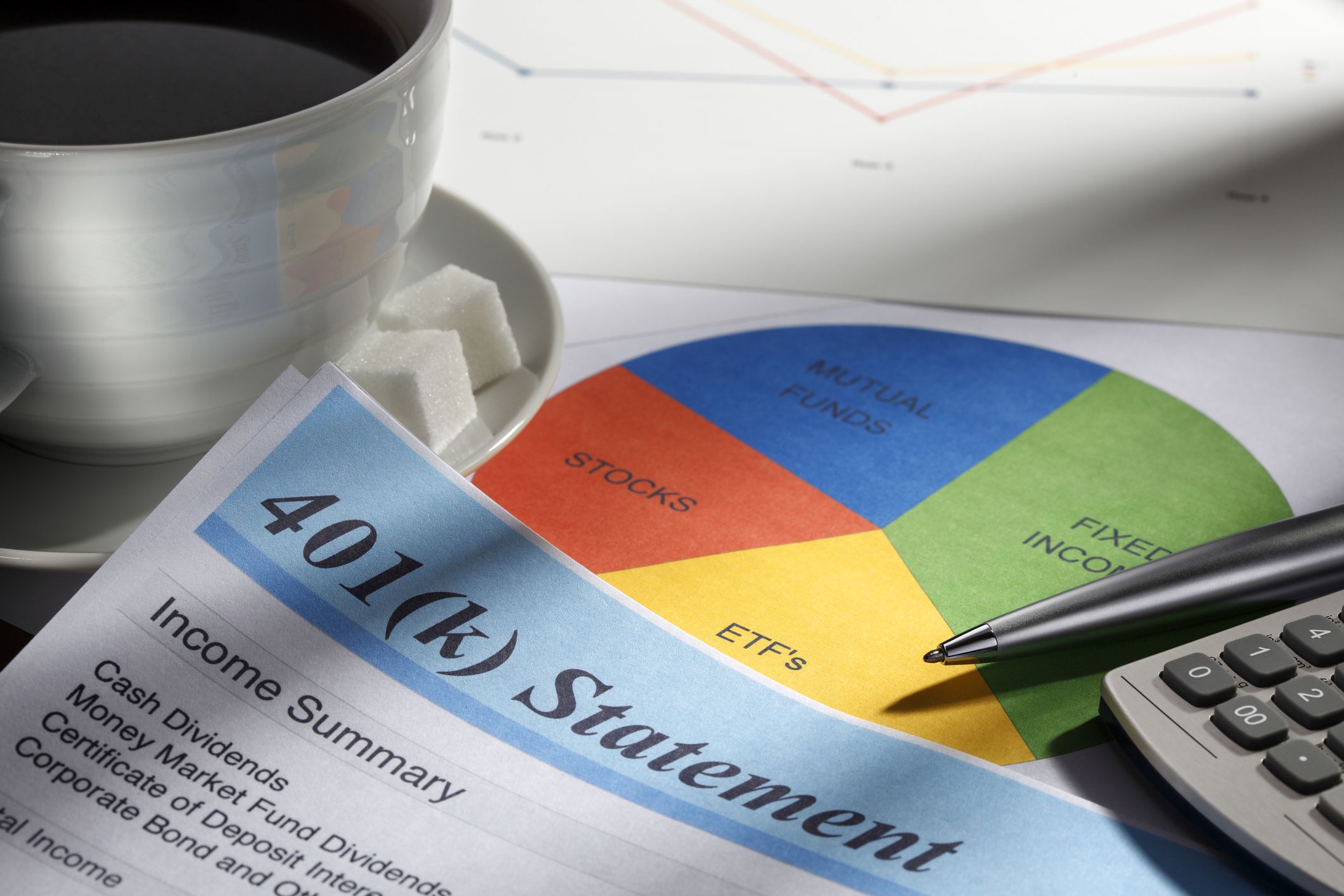Financing
A Concise Guide to Buying a Business
A Concise Guide to Buying a Business
Developing a solid understanding of how business purchases are funded is essential for both business buyers and sellers.
We encourage all business buyers and sellers to familiarize themselves with the most common forms of financing used for Main Street (business valued under $4.0 million) and Middle Market ($4.0 to $20 million) business transactions.
The following paragraphs can help you get started with your research, but we encourage you to confer with a business broker to obtain more details about current market conditions when buying or selling a business.
Explore Financing OptionsThe buyer’s personal equity is a key element in the acquisition of small and mid-sized businesses. Anywhere from 10% to 70% of the capital needed to purchase a business comes from the buyer’s own cash injection. The remainder of the capital is financed by the seller. Sellers typically offer terms of 2 to 10 years; however, the deal must make sense financially for both parties involved.
One of the best and simplest ways to finance an acquisition is to work closely with the seller and negotiate a ‘seller note’, which is a form of seller financing. The seller note means that the seller agrees to a type of payment plan. The terms offered by sellers are usually more flexible, and more agreeable, to the buyer than the terms offered by a third party. Seller financing is also faster to arrange and requires less paperwork than traditional financing sources. How does seller financing work? If the price of a business is $5,000,000 and the seller is offering 50% financing, then the new buyer would put down $2,500,000 and make payments on the remainder until the note is paid in full. Nearly 85% of small business purchases involve seller financing. Seller financing is often the most suitable option if SBA financing cannot be obtained.
Advantages
Disadvantages
Nearly 95% of loans for the acquisition of a small business are made through the SBA. To be clear, the SBA does not actually loan money. What it does, through its 7(a) Loan Program, is help small businesses access credit by providing the government’s guarantee on loans made by banks, in the event of a default. This limits risk for banks offering such loans, and encourages them to lend money to small businesses. By doing this, SBA financing can offer buyers attractive loan terms and interest rates while eliminating, or reducing, the need for the seller to carry a note. For the buyer, this means a lower down payment, lower debt service, and higher net income. Because this is a government-sponsored program, there are highly formal guidelines that any bank must follow when making one of these loans. A small fee is involved when procuring a 7(a) loan, which helps to support the program. SBA financing can also sometimes be combined with seller financing.
Advantages
Disadvantages
A buyer can also avoid taking out a small business loan altogether and use their retirement funds to finance a new business purchase. Even better, since buying stock will be an investment in the buyer’s own company, they won’t have to take a taxable distribution . Creative use of financing has allowed us to finance million-dollar transactions with as little as $20,000 cash down.
Qualifications – while numerous qualifications exist, retirement plans should be fully accessible and should be enabled to be rolled over into another plan.
Penalties – if done right, there are no penalties when using a 401(k) or IRA to buy a business.
Advantages
Disadvantages
Common transaction structures are listed below, and are broken down into three broad categories: all cash, seller financing, and bank (SBA) financing. A 401(k) rollover is included as cash and counts as the buyer’s personal equity.
We recommend considering your financing options in the following order:
Your retirement funds can be used in combination with seller or bank financing. A 401 (k) rollover can be used in combination with seller or bank financing.
The forms of financing mentioned above comprise approximately 95% of all forms of financing used for the acquisition of small businesses. Other forms of financing exist, however, they have not been proven to be readily available and accessible.


